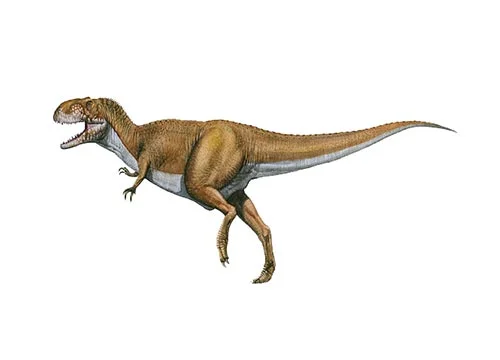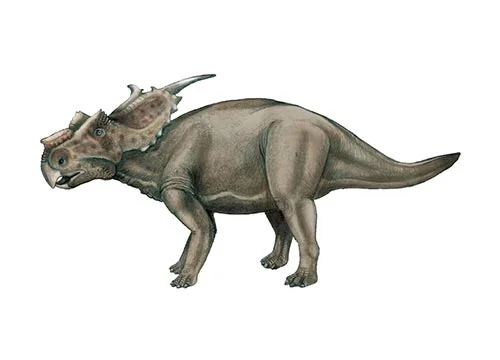Pleurocoelus (hollow-sided)

plu-row-ce-les
Othniel Charles Marsh - 1888
Herbivore
Estimated 15-20 long
Sauropod
Pleurocoelus nanus (type)
USA
Late Cretaceous, 100-66 million years ago
Pleurocoelus Facts
Pleurocoelus is a genus of large herbivorous dinosaur that lived during the Late Cretaceous period, approximately 100 to 66 million years ago. It was a member of the sauropod family, which includes some of the largest animals to ever walk the Earth.
The name Pleurocoelus means “hollow-sided,” which refers to the fact that the centra, or main body segments of the vertebrae, had deep cavities on their sides. This is a common feature in many sauropods, as the cavities helped to reduce the weight of the massive animals while still providing support for their bodies.
Pleurocoelus was first described in 1888 based on fossil material found in Texas, USA. The species Pleurocoelus nanus was originally named, but later studies showed that it was likely a juvenile specimen of another dinosaur species. As a result, the only known species of Pleurocoelus is Pleurocoelus altus.
Pleurocoelus altus was a large dinosaur, estimated to have been around 15 to 20 meters (49 to 66 feet) in length and weighing several tons. It had a long neck and tail, and its four legs were massive and pillar-like to support its body. Its head was relatively small in proportion to its body and was equipped with a beak-like mouth for cropping vegetation.
While Pleurocoelus was once thought to be one of the most common and widespread sauropods of its time, many of the fossils originally attributed to it have since been reclassified as other species or genera. Today, the exact identity and distribution of Pleurocoelus remains somewhat uncertain, but it is still considered an important and fascinating member of the sauropod family.



